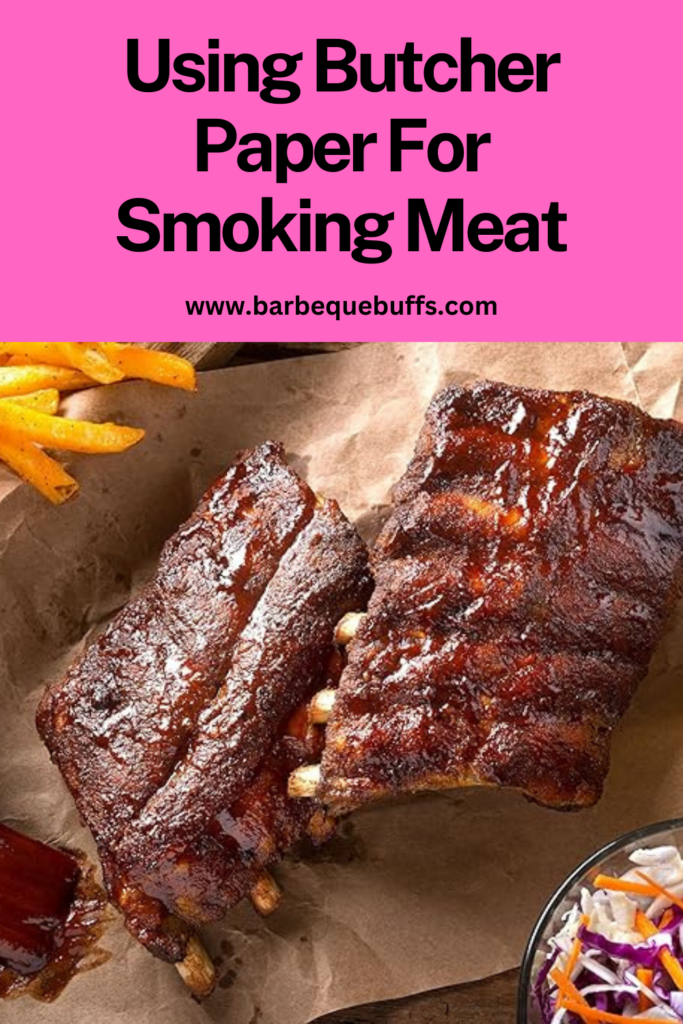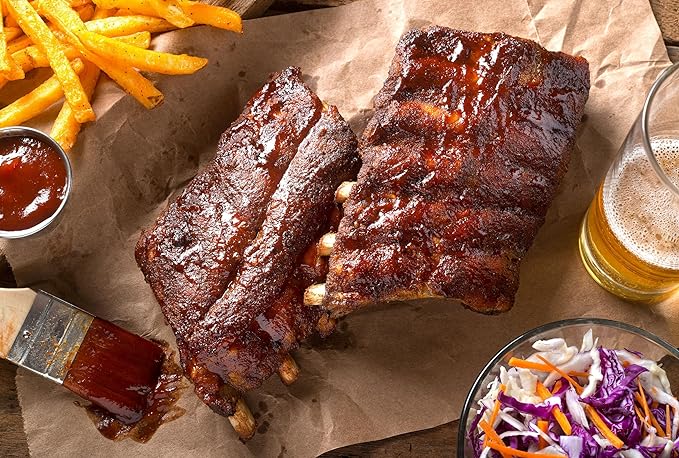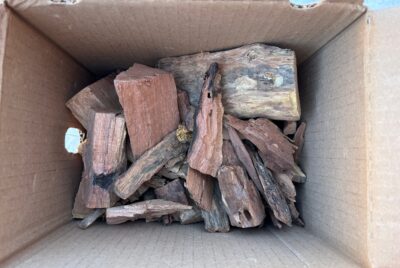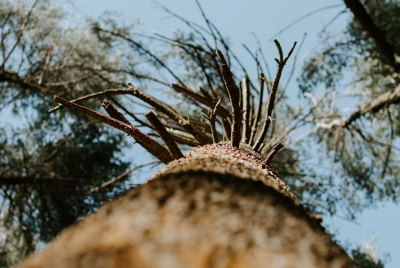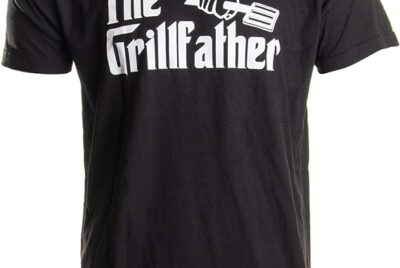Using Butcher Paper for Smoking Meat: A Pitmaster’s Guide
As a passionate barbeque guy, I’ve spent countless hours perfecting the art of smoking meat. One game-changing technique I’ve discovered along the way is using butcher paper for smoking meat. This simple yet effective method has revolutionized my barbecue game, and I’m excited to share my insights with you. In this article, we’ll dive deep into the world of butcher paper, exploring its benefits, comparing it to alternatives, and providing you with expert tips to elevate your smoking experience.
Understanding Butcher Paper
Before we fire up the smoker, let’s talk about what butcher paper actually is. You might be familiar with it as the thick, sturdy paper your local butcher uses to wrap fresh cuts of meat. But did you know it’s also a secret weapon for smoking enthusiasts?
Butcher paper comes in different varieties, but for smoking, we’re specifically interested in uncoated, food-grade paper. This type of paper is porous, allowing some smoke and heat to penetrate while still providing a protective barrier for your meat.
So, why should you consider using butcher paper for smoking meat? Well, let me tell you, it’s a game-changer. The porous nature of butcher paper allows your meat to “breathe” during the smoking process, maintaining a perfect balance of moisture retention and bark formation. This means you’ll end up with juicy, tender meat on the inside and a beautifully crisp exterior that’ll make your taste buds dance.
Butcher Paper vs. Aluminum Foil: The Great Debate
Now, I know what you’re thinking. “But what about good old aluminum foil? Isn’t that the go-to for wrapping meat?” It’s a fair question, and one I’ve grappled with myself. Let’s break down the pros and cons of each:
Butcher Paper: Pros:
- Allows meat to breathe, preserving the bark
- Maintains a more authentic smoky flavor
- Prevents over-steaming
Cons:
- Slightly less effective at speeding up cooking time
- Can be more challenging to find than foil
Aluminum Foil: Pros:
- Excellent for retaining moisture
- Speeds up cooking time significantly
- Readily available- I buy BIG rolls of it at Sam’s Club or Costco
Cons:
- Can lead to over-steaming, softening the bark
- May result in a less pronounced smoky flavor
So, when should you use each option? I tend to reach for butcher paper when I’m smoking brisket, pork shoulder, or any cut where I want to maintain a crispy bark. On the other hand, I’ll use foil for dishes like ribs or when I’m in a time crunch and need to speed up the cooking process.
How to Use Butcher Paper for Smoking Meat
Now that we’ve covered the basics, let’s get into the nitty-gritty of how to actually use butcher paper for smoking meat. Trust me, it’s not rocket science, but there are a few key points to keep in mind.
- Preparing the Meat– First things first, you’ll want to season your meat generously with your favorite rub. Don’t be shy here – the flavors will mellow out during the long smoking process. Once you’ve got your meat seasoned, it’s time to get smoking.
- Wrapping Techniques– When it comes to wrapping, timing is everything. I usually smoke my meat unwrapped for the first few hours to allow that beautiful bark to form. Once the internal temperature hits around 165°F (74°C), that’s when I bring out the butcher paper. To wrap, lay out a large sheet of butcher paper and place your meat in the center. Fold the sides up and over, making sure to create a tight seal. The key here is to wrap it snugly, but not so tight that you squish all the juices out.
- Timing Considerations– The wrapped phase of smoking is where the magic happens. This is when the meat starts to push through the stall – that frustrating period where the temperature seems to plateau. Using butcher paper for smoking meat helps push through this stage while maintaining that perfect balance of moisture and bark.
Tips for Success
After years of trial and error, I’ve picked up a few tricks that can help you achieve pit-master-level results:
- Choosing the Right Butcher Paper– Not all butcher paper is created equal. Look for uncoated, food-grade paper specifically designed for smoking. Pink butcher paper is a popular choice among pitmasters, but any uncoated variety will do the trick.
- Moisture Management– One of the beauties of using butcher paper for smoking meat is its ability to manage moisture effectively. Unlike foil, which can trap too much moisture and lead to steaming, butcher paper allows excess moisture to escape while still keeping your meat juicy.
- Temperature Control– Keep a close eye on your smoker’s temperature. Butcher paper is more forgiving than foil when it comes to temperature fluctuations, but maintaining a steady heat will always yield the best results.
Best Meats to Smoke Using Butcher Paper
While you can use butcher paper for just about any meat, there are a few cuts that really shine with this method:
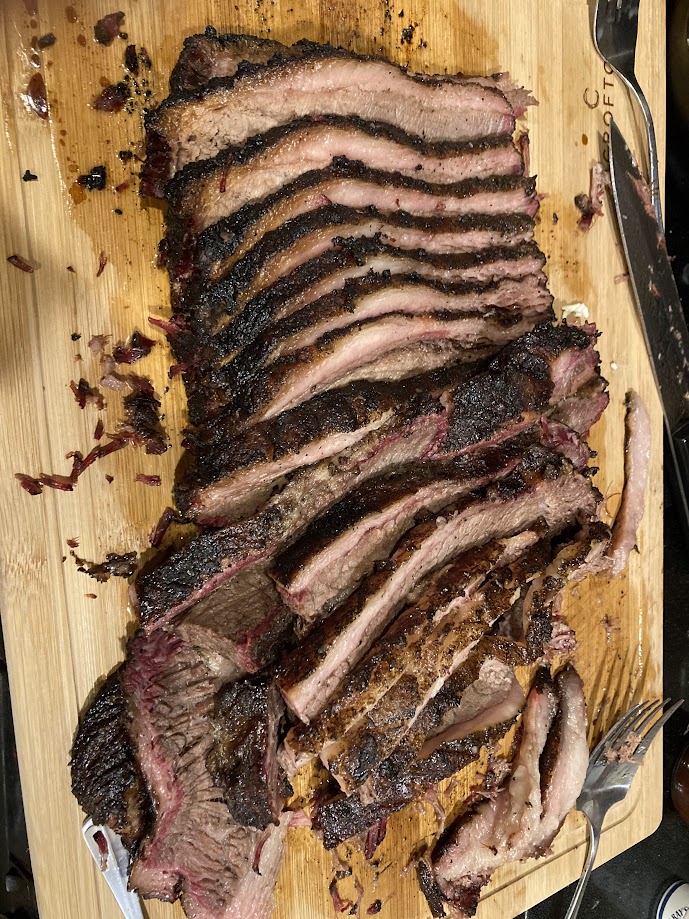
Brisket
Ah, brisket – the holy grail of barbecue. Using butcher paper for smoking meat like brisket is a match made in heaven. The paper helps push the brisket through the stall while maintaining that prized bark. The result? A perfect balance of juicy, tender meat and a crispy exterior that’ll have your guests begging for seconds.
Pork Shoulder
Pork shoulder, or pulled pork, is another cut that benefits greatly from the butcher paper method. The paper helps retain moisture during the long cook time, resulting in succulent, fall-apart meat that’s perfect for sandwiches or tacos.
Ribs

While I often use foil for ribs, butcher paper can be a great alternative if you’re after a firmer texture and more pronounced smoke flavor. It’s all about personal preference, so don’t be afraid to experiment!
After all these years of smoking meat, I can confidently say that incorporating butcher paper into my technique has been a game-changer. It’s given me more control over the final product, allowing me to achieve that perfect balance of juicy meat and crispy bark that we all strive for.
Remember, barbecue is as much an art as it is a science. Don’t be afraid to experiment with different techniques, including using butcher paper for smoking meat. Every pitmaster has their own style, and the best way to find yours is to get out there and start smoking!
So fire up that smoker, grab a roll of butcher paper, and get ready to take your barbecue game to the next level. Trust me, your taste buds (and your lucky guests) will thank you.
FAQs
- Can I reuse butcher paper for smoking meat? No, it’s best to use fresh butcher paper for each smoking session to ensure food safety and optimal results.
- How does butcher paper affect the cooking time compared to foil? Butcher paper may slightly increase cooking time compared to foil, but it results in a better bark and more authentic smoky flavor.
- Is pink butcher paper better than white for smoking meat? Pink and white butcher paper are both effective for smoking meat. The main difference is that pink paper is typically treated to be more heat-resistant.
- Can I use butcher paper in an electric smoker? Yes, butcher paper can be used in electric smokers, as well as charcoal and wood-fired smokers.
- How do I know when to wrap my meat in butcher paper? Generally, you should wrap your meat when it reaches an internal temperature of around 175°F (74°C) or when you’re satisfied with the bark formation.
